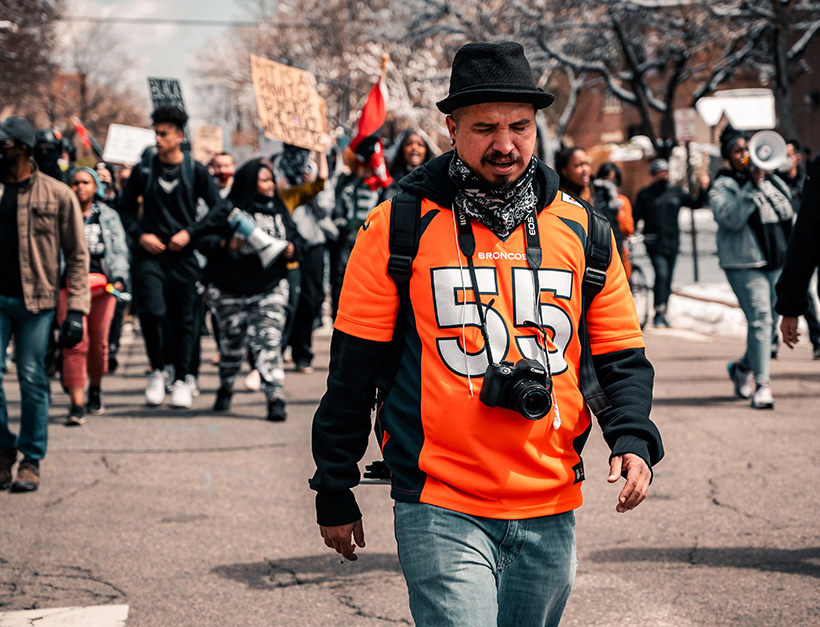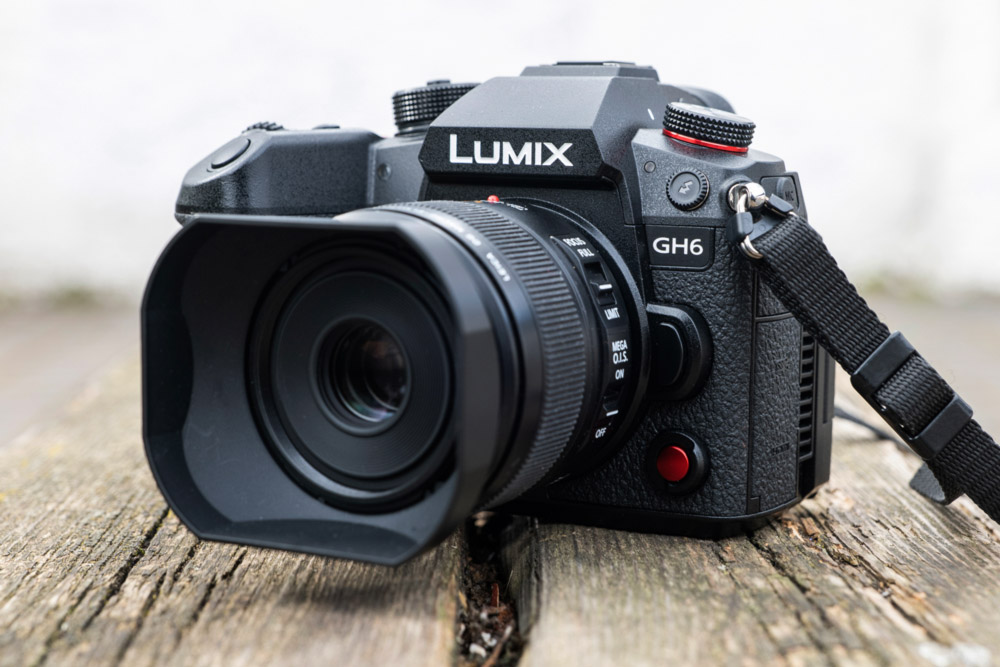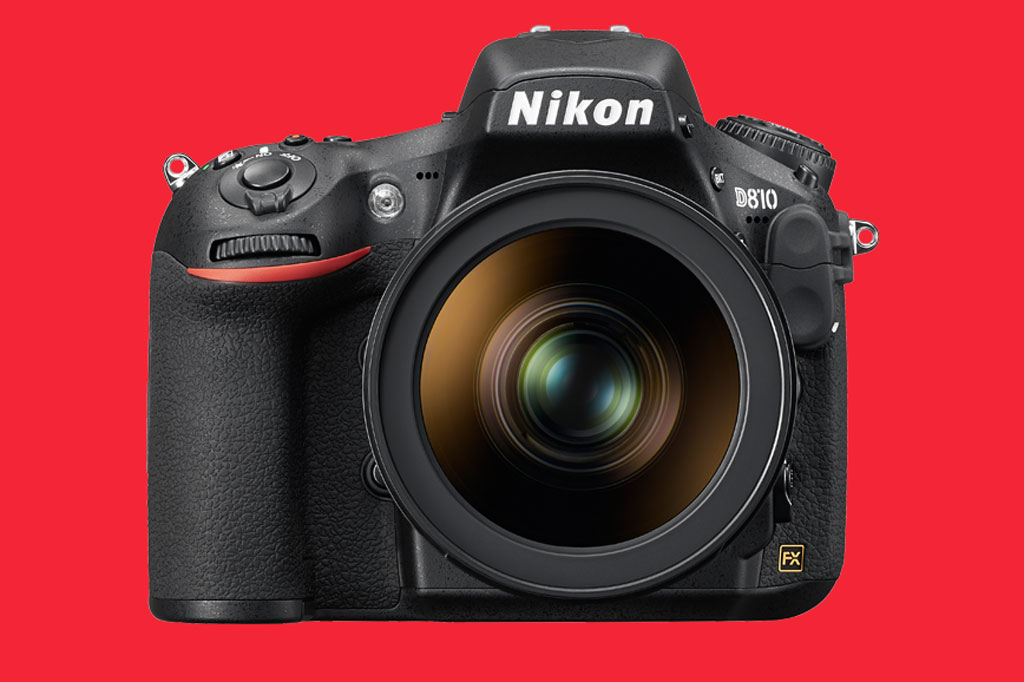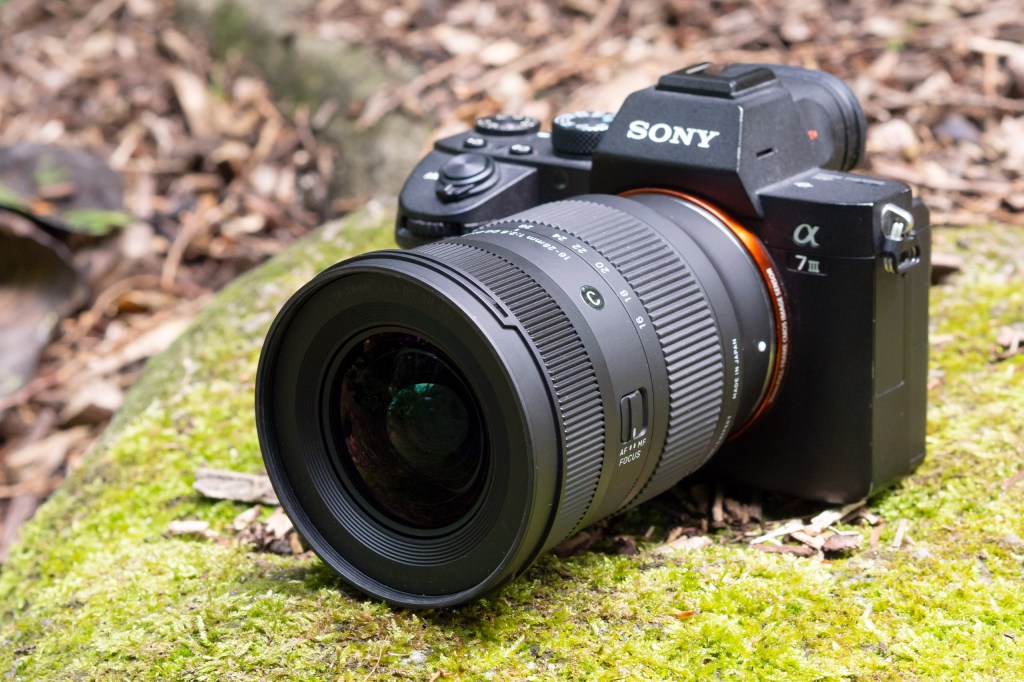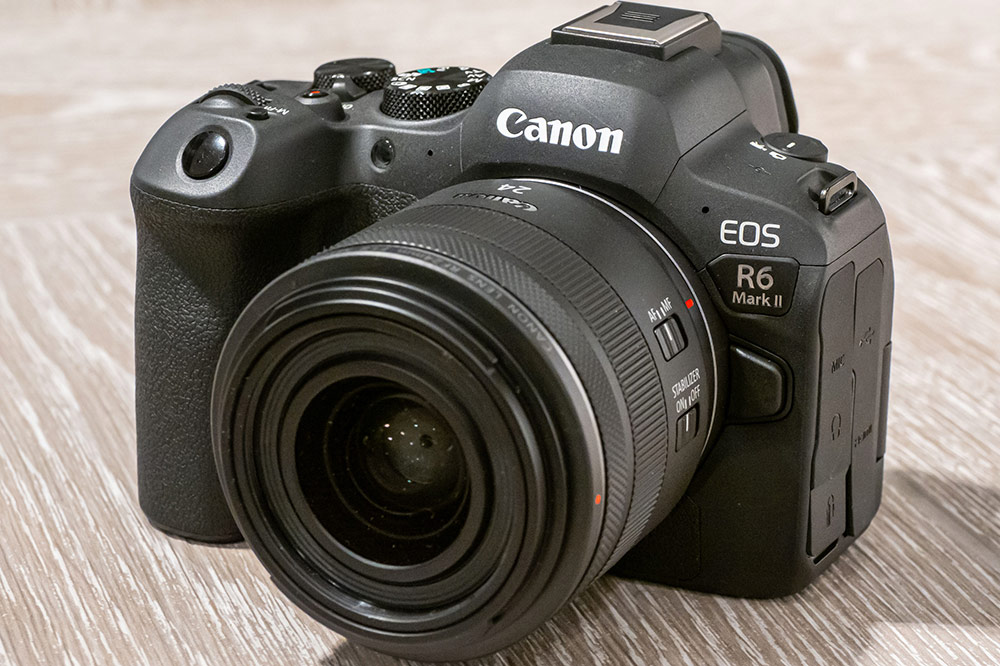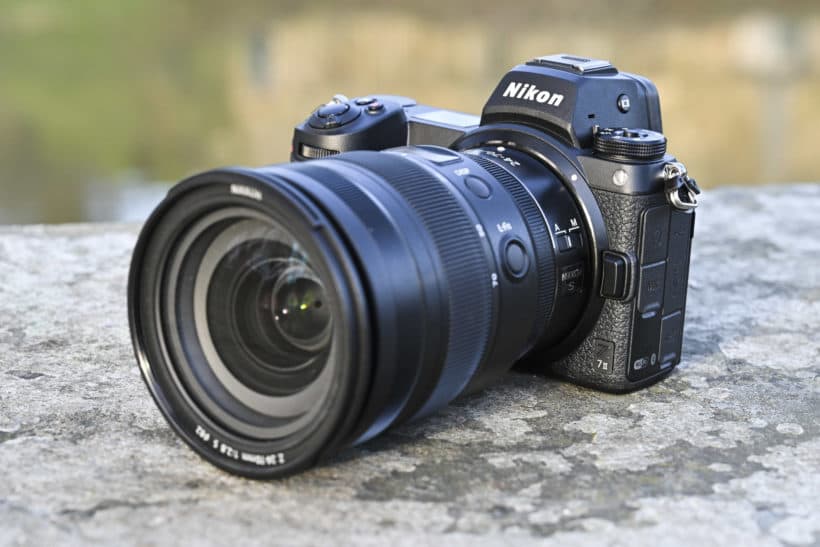Our guide to the best cameras for photojournalism and documentary lists options for beginners and professionals alike.
As the business of newsgathering and documenting current events has evolved, so have the best cameras for journalism and documentary photography. News travels faster than ever these days, and photojournalists require a camera that can keep pace with the action as stories break and develop. Documentary shooters, meanwhile, benefit from advancing digital tools such as bigger sensors, AI tools, faster focusing and video features, in addition to stills.
One camera won’t suit every journalist and reporter. That’s why this guide gives you options for various uses and from beginner to expert. We’ve included cameras at a range of prices, as photojournalism can be attempted by anyone. Before we start, let’s take a quick look at the key features any of the best cameras for photojournalism and documentary photography need to have.
How to choose the best camera for photojournalism and documenting current events:
- Image quality: You want a decent sensor, but a megapixel count does not make a great photographer. A growing portion of World Press Photo award-winning photographers are using mirrorless cameras, which tend to have smaller sensors (source) due to their size.
- Size and weight: Street photographers and war correspondents have always opted for something easy to carry, as it is more likely to be with you when news happens.
- Durability: Weather-sealing is an advantage in any situation, especially with unpredictable UK weather, but is particularly important in wildlife and sports photography.
- Wi-Fi and Bluetooth connectivity: This feature is useful for both professionals sending photos to their editors and beginners wanting to quickly post their images on social media. Many camera manufacturers have apps you can use to shoot using your phone.
- Dual card slots: Dual card slots made many photographers happy when they were first introduced, and it’s not hard to see why. You get twice the amount of memory, and in some cameras you can even switch between memory cards and shoot photos on one and video on the other.
- Silent shutter: There is a saying in journalism that the journalist should never be the story. A silent shutter is useful when capturing raw, candid moments without interrupting.
Our picks of the top cameras for photojournalism and documentary photography:
Looking for the best deal on cameras for photojournalism? Not only will you find the best documentary cameras, but also some of the best cheap deals, as our ‘Buy now’ buttons are setup to automatically take you to the best prices from trusted retailers. You’ll also find a list of other retailers below each camera, so you can find the right deal for you.
- Best budget camera for students: Panasonic Lumix DMC-GX80 – buy now
- Best Canon DSLR camera for documentary: Canon EOS 90D – buy now
- Best ‘hybrid’ camera for stills and video: Panasonic Lumix GH6 – buy now
- Best second-hand DSLR for documentary photography: Nikon D810 – buy now
- Best camera for beginners: Sony Alpha A7 III – buy now
- Best Fujifilm camera for photojournalism: Fujifilm X-T5 – buy now
- Best camera for enthusiasts looking to upgrade: Canon EOS R6 Mark II – buy now
- Best travel camera for current event photographers: Nikon Z7 II – buy now
- Best camera for sports journalism: Sony Alpha A9 II – buy now
Why you can trust Amateur Photographer
We spend many hours testing every product we recommend, in detail, in a variety of situations and shooting scenarios, and only use experts for our reviews, so you can be sure that you’re getting the best products. Find out more about our expert writers.
Best budget camera for students: Panasonic Lumix DMC-GX80
At a glance:
- Mirrorless
- 16 MP
- ISO 200-25,600 (ISO 100-25,600 extended)
- 4K 30p video recording
- from $475 / £420 (used, excellent)
The Panasonic Lumix GX80 (GX85 in North America) hits a sweet spot for many. Firstly, it’s not too big and not too expensive. Furthermore, its sensor may be modest in terms of megapixels, but this in no way stops the camera from producing sharp, quality images. A highlight is the completely silent and shock-free electronic shutter that offers speeds up to 1/000 sec.
So, if you’re a student looking for an affordable compact camera to start on your photojournalism career, then the Panasonic Lumix GX80 fits the bill. You can read our team’s full review of the Panasonic Lumix GX80/ GX85 when it first came out here.
Pros:
- Highly effective in-body image stabilisation
- Quiet, discreet shutter
- Easy to use
- Compact, portable, rangefinder-style design
Cons:
- No weather-sealing
- Default control set-up feels dated
Best Canon <strong>DSLR camera for documentary</strong>
Canon EOS 90D
At a glance:
- DSLR
- 32.5 MP APS-C CMOS sensor
- 7 fps burst shooting w/continuous AF
- 4K 30p video recording
- $1,000 / £679 – £875 body-only
Documentary photography is where you might want a higher megapixel count, and the Canon EOS 90D, the first of two DSLRs on this list, does not disappoint. It boasts a massive figure of 32.5 megapixels and produces incredibly sharp images. It also has a fast and reliable AF, which can be changed via joystick or the touchscreen.
Another point to consider is Canon’s colour profiles, which have a solid reputation. Indeed, their ability to accurately render skin tones comes in very handy when shooting portraits. Read our Canon EOS 90D review here.
For more great Canon DSLRs, have a look at our guide to the best Canon DSLRs.
Pros:
- Good construction and weather-sealing
- Comfortable to use with large lenses thanks to a deep grip
- Finds faces and eyes in live view with good accuracy
- Rotating screen that enables artsy angles
Cons:
- Lighter, easier-to-carry options available with similar live view AF and image quality
- Through-the-finder AF less accurate than competition
- Live view burst limited to 7 fps
Best Canon <strong>DSLR camera for documentary</strong>
Panasonic Lumix GH6
At a glance:
- Mirrorless
- 25.2 MP Four Thirds sensor
- 8 fps shooting with continuous autofocus
- Video recording options include: 5.7K 60fps, 4K 120fps, Full HD up to 300fps
- $1,958 with 12-60mm f/2.8-4 Lens / £1,299 body-only
For photojournalists and documentary shooters who want both stills and video in their arsenal, the Panasonic Lumix GH6 is one of the best choices you can make. It’s a Micro Four Thirds mirrorless camera; meaning a smaller sensor than many cameras on this list, but the sheer breadth of shooting options it provides is staggering. Video users have practically every codec they could dream of. Want to shoot Full HD video at a super-slow 300fps? Go for it. There’s also the Apple ProRes high-quality, visually lossless codec, capturing a huge amount of information in-camera for a smoother edit.
Photographers, meanwhile, can enjoy 75fps burst with fixed focus using the electronic shutter. With 25.2 megapixels, the GH6 is undoubtedly one of the highest-resolution Micro Four Thirds cameras you can buy. What’s more, the autofocus system does perform reliably, even if it is still the contrast based Depth From Defocus system Panasonic has used for years. (The news that the full-frame Lumix S5 II would depart from this tradition was greeted with much rejoicing from photographers and videographers alike).
Overall, the Lumix GH6 continues to impress us each time Panasonic releases firmware updates bringing new features. Here is our full Panasonic Lumix GH6 review.
Pros:
- Superb pro-level video features
- No recording time limits
- Excellent resolution for MFT
- Fast burst modes
Cons:
- Aging autofocus system
- No 6K or 4K photo modes
<strong>Best used DSLR for documentary photography</strong>
Nikon D810
At a glance:
- DSLR
- 36.3 MP FX-format CMOS sensor
- 5 fps shooting
- ISO 32-51,200 (expanded)
- 4K 60p video recording
- around $730 body-only (used) / from £735 body-only (renewed)
The Nikon D810 replaced the D800 and D800E, which at the time they were released were two of the highest-resolution DSLRs ever made. Its relatively slow autofocus makes it impractical for sports photography or other high-paced situations. On the upside, however, anyone who buys the Nikon D810 will have a wide range of lenses to choose from. This alone makes it one of the best cameras for photojournalism and documentary.
Most notably, the lens range includes all Nikkor and Nikon-compatible lenses, and thanks to this, the D810 has been popular among portrait, wedding and architecture photographers. All in all, it is an affordable full-frame DSLR option for professional documentary photographers who want high-quality images and whose work is less about instant action. Although Nikon did release one final update to this camera, the magnificent Nikon D850, the D810 provides excellent value on the used market. For more details on this camera, check out our Nikon D810 review.
Pros:
- Weather protected
- Tough magnesium alloy build
- Dual card slots
- Loads of physical controls
Cons:
- No integrated Wi-Fi
- LCD screen is fixed and not a touchscreen
<strong><strong>Best camera for beginners</strong></strong>
Sony Alpha A7 III
At a glance:
- Mirrorless
- 24.2 MP full-frame sensor
- 10 fps continuous shooting
- ISO 100-204800 (extended)
- 4K video recording
- $1,798 / £1,169 body-only
Released as part of Sony’s entry-level full-frame mirrorless A7 series, the Sony Alpha A7 III would become one of the best-selling cameras of 2018 and 2019. Some reasons for this are its twin card slots, extremely accurate eye-tracking auto-focus, 10 fps continuous shooting, good low-light shooting and impressive battery life – all shoved into a compact mirrorless package.
While these features are more commonplace in today’s cameras, this camera is a well-rounded alternative to the more expensive Sony A9 series. Sony has also released a successor to the A7 III, the Sony Alpha A7 IV. However, it’s a significant hike in terms of features – probably more than photojournalists need. Furthermore, it comes with a corresponding price hike of around $1,000/£1,000. So, we’re sticking with the A7 III as our pick for best photojournalism and documentary cameras.
To read more on the specifications of this camera, click here: Sony Alpha 7 III revealed
Pros:
- High-speed performance contained in a compact body
- Silent shooting
- Great battery life
- Fast and accurate face-and-eye detection
Cons:
- Underperforming buffer
- Only one card slot supports UHS-II
<strong><strong><strong>Best Fujifilm for photojournalism</strong></strong></strong>
Fujifilm X-T5

At a glance:
- Mirrorless
- 40.2MP APS-C sensor
- 15 fps full-resolution continuous shooting
- 6.2K 30p video recording
- $1,599 / £1,369 body-only
Getting back to basics with a photography-forward camera, the Fujifilm X-T5 is the latest entry in a much-loved series among photographers. While it shoots video, and does so very well, the real joy of the Fujifilm X-T5 is in the shooting experience. With a large, clear electronic viewfinder, as well as dial-based controls and a system of lenses that commonly feature aperture rings, the X-T5 is a pleasure to use. But don’t let that fool you into thinking it’s a lightweight or frivolous camera – with 40.2MP of resolution, the X-T5 delivers on superb image quality.
Overall, this is an impressive camera across the board. The expanded ISO range of ISO 64-51,200 gives you real versatility in low light, while the burst rate can be upped to 20fps if you switch to the electronic shutter and don’t mind a 1.29x crop (which works out to a perfectly acceptable 24MP). For this reason, we absolutely love this camera; see our Fujifilm X-T5 review to find out precisely why it’s one of the best cameras for photojournalism and documentary.
To read our buyer’s guide on the best Fujifilm cameras, click here.
Pros:
- Excellent autofocus speed/accuracy
- Tough and weather-sealed
- A pleasure to use
- Sublime image quality
Cons:
- Buffer fills up quickly at full res
- 40MP on the upper end of what you need
<strong><strong><strong><strong>Best camera for an upgrade</strong></strong></strong></strong>
Canon EOS R6 Mark II
At a glance:
- Mirrorless
- 24MP full-frame sensor
- 40 fps full-resolution shooting
- ISO 50-204,800 (extended)
- 4K 60p video recording
- $1,999 / £1,999 body-only
Ideally, a good photojournalism camera should be able to cope with a fast pace and a variety of shooting situations. Although Canon’s mirrorless EOS R system has plenty of viable options, the best pick for our money right now is the EOS R6 Mark II. It’s not as high-resolution as the dazzling EOS R5, but is faster and cheaper. On that subject, the flagship EOS R3 beats it for speed thanks to its stacked sensor design, but that camera is firmly out of most people’s price range.
The EOS R6 Mark II, though, is good for just about everything. Its 24MP full-frame sensor realistically provides more than enough resolution for most purposes. Its ISO range extends up to 204,800, making it a beast in low light, and with the electronic shutter, it can manage a burst mode of 40fps.
The autofocus speed and accuracy are excellent – as always with Canon – and its triple-dial control system provides a smooth handling experience. Check out our Canon EOS R6 Mark II review, which we’re updating as we spend more time with this excellent camera.
Pros:
- Solid all-rounder
- Excellent autofocus
- Well-engineered handling
Cons:
- Fluctuating stock makes it hard to get hold of
<strong><strong><strong><strong><strong>Best travel camera for news photographe</strong></strong></strong></strong></strong>rs
Nikon Z7 II
At a glance:
- Mirrorless
- 45.7 MP full-frame sensor
- 10 fps shooting
- ISO 64-25600
- 4K 60p video recording
- Dual-card slots
- $1,997 / £2,499 body-only
The Nikon Z7 II is an update to Nikon’s successful high-resolution full-frame mirrorless camera. Some of the changes include the inclusion of dual card slots and faster burst speed. Additionally, there’s an option to get a battery grip for extended battery life. This plus the camera’s compact design make it a great shooting companion when travelling. Check out our Nikon Z7 II review for more information.
Meanwhile, Nikon continues to expand its lineup of Z-Mount lenses, giving photographers more choice of lens to pair their cameras with. You can check for our top-rated ones here.
Pros:
- Excellent image quality for colors and dynamic range
- High resolution sensor and low base ISO of 64 for great image quality
- Small and lightweight design
- Battery life doubles with the new MB-N11 battery grip
Cons:
- AF tracking not as dependable as best systems
- LCD is tilt only, not tilt-flip or dual-axis tilt
- Extended shutter speeds only available in manual mode
<strong>Best camera for sports journalism</strong>
Sony Alpha A9 II
At a glance:
- Mirrorless
- 24MP full-frame stacked CMOS sensor
- 20 fps shooting
- ISO 50-204,800 (extended)
- 4k 30p video recording
- $4,498 / £3,999 body-only
The Sony Alpha A9 II is a compact high-end sports camera capable of silently shooting 24 MP images at up to 20 frames per second with no blackout between frames. It also boasts a wide range of third-party lens availability (Sigma, Tamron, Viltrox, Samyang, and others are available for Sony’s E-Mount).
In fact, this camera’s speed and ability to nail shots in a variety of situations shook up sports and action photography when it was released in 2020. As a result, the Associated Press went on to choose it to give to its global roster of photojournalists.
To conclude, the flagship Sony Alpha A1 does outgun the A9 II on most fronts – but it’s also much more expensive. That’s why we’ve selected the Sony Alpha A9 II in this guide to the best cameras for photojournalism and documentary.
Pros:
- Extremely quick blackout-free shooting
- Dust and splash protection
- A silent shutter
- Impressive autofocus
Cons:
- Incredibly expensive
- Dated user interface
Lead image credit: Colin Lloyd/Unsplash
Related articles:
- Fujifilm X-H2S field test: X hits the spot
- Opinion: We need great photojournalism more than ever
- Photojournalism in the age of social media – Amateur Photographer

